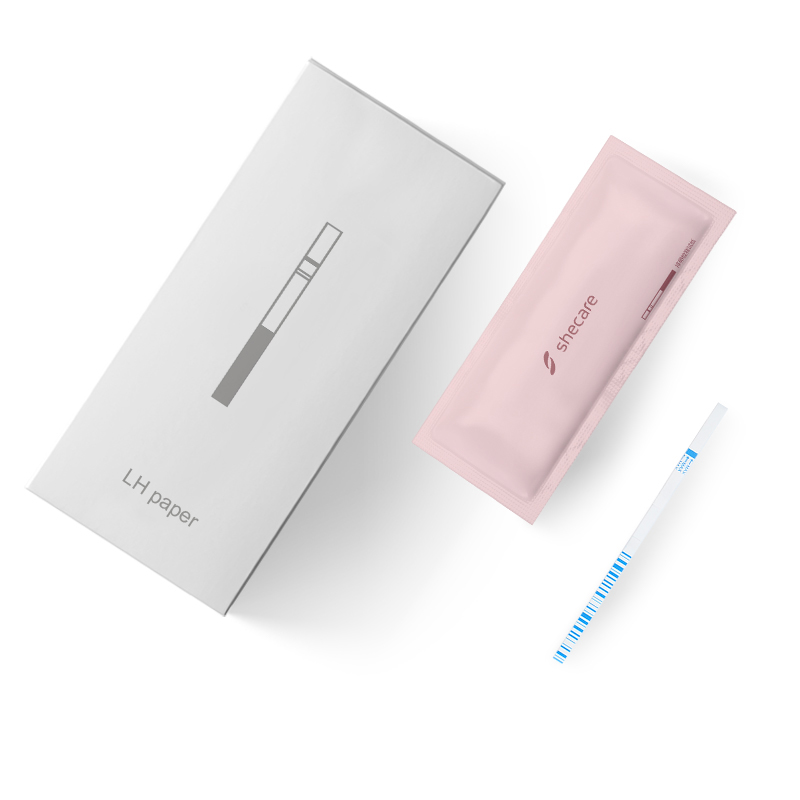If you're trying to conceive, understanding your menstrual cycle and identifying your most fertile days is crucial. Ovulation tests, also known as ovulation predictor kits (OPKs), play a pivotal role in this process. In this blog, we'll explore what an ovulation test is and how it works to help you on your journey to pregnancy or better cycle tracking.
An ovulation test is a home-based diagnostic tool designed to detect the surge in luteinizing hormone (LH) that occurs in a woman's body just before ovulation. This LH surge triggers the release of an egg from the ovary, which is the key moment for conception. Besides using basal ovulation thermometer, ovulation tests help women pinpoint this crucial window of fertility, making it easier to time intercourse or insemination for the best chances of getting pregnant.
Smart ovulation test function by identifying the increase in LH concentration in your urine. Here's a step-by-step guide on how they work:
1. Choose the Right Ovulation Test: Ovulation tests come in various formats, including strips, cassettes, or digital devices. You can select the one that suits your preferences and budget.
2. Start Testing at the Right Time: To use an ovulation test effectively, you need to begin testing at the appropriate time in your menstrual cycle. This typically starts a few days before you expect to ovulate, based on your cycle length and regularity.
3. Collect a Urine Sample: Most ovulation tests require you to collect a urine sample. This is usually done by either urinating on the test strip or dipping it into a cup of collected urine.
4. Follow the Instructions: Read and follow the manufacturer's instructions carefully, as different tests may have specific guidelines for timing, interpretation, and result reading.
5. Observe the Results: After the specified waiting time, check the test results. The test will either show positive or negative results. A positive result indicates an LH surge, which suggests that ovulation is likely to occur within the next 24-48 hours.
6. Time Intercourse or Insemination: Once you receive a positive result, it's an excellent time to have intercourse or proceed with insemination if you're trying to conceive. This maximizes your chances of fertilization.
7. Chart Your Cycle: Ovulation tests can also help you understand your cycle better. By tracking the results over several months, you can identify patterns and predict your fertile days more accurately.

Accurate Prediction: Ovulation tests provide a reliable way to predict ovulation, improving your chances of conception.
Convenience: They are easy to use at home, eliminating the need for frequent doctor's visits.
Privacy: Ovulation tests offer a discreet way to monitor your fertility.
Cycle Awareness: Even if you're not trying to conceive, ovulation tests can help you become more aware of your menstrual cycle.
In conclusion, an ovulation test is a valuable tool for those who are trying to conceive or want to monitor their menstrual cycle. By detecting the LH surge that precedes ovulation, these tests provide a reliable way to identify your fertile days, increasing the likelihood of successful conception. Whether you're actively trying to get pregnant or simply interested in understanding your body better, ovulation tests can be a valuable addition to your reproductive health toolkit.